How does the injured employee feel now?
How did the injury occur?
How could this accident have been prevented?
The Guide

Steps to take if you’re injured at work
Some of the questions below will be applicable and some will not. Which questions are applicable depends on the nature and circumstances of the accident.

How does the injured employee feel now?
How did the injury occur?
How could this accident have been prevented?
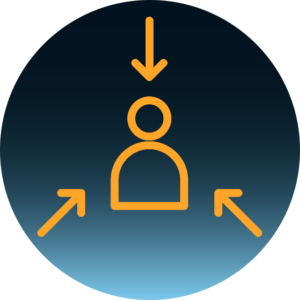
Who was injured?
Who saw the accident?
Who was working with the injured person?
Who had assigned the person to the task?
Who had trained the person on the hazards and protective measures for this task?
Who else was involved?

When did the accident occur?
When did the person start this task?
When had the supervisor last checked on the job?

Where did the accident occur?
Where was the person at the time of the accident?
Where was the supervisor at the time?
Where were fellow workers at the time?

How does the injured employee feel now?
How did the injury occur?
How could this accident have been prevented?
Ensuring timely action following a workplace accident or other personal injury case is of utmost importance for several crucial reasons. Meeting the statute(s) of limitations is vital. Every claim has a statute of limitations, which is the legal time frame within which a person must file. If the statute of limitations expires, you may lose your right to seek compensation for your injuries and damages. Failing to initiate legal action in a timely manner can severely limit, or even eliminate, your ability to pursue a claim, even if you have a strong case otherwise.
Further, delays in pursuing a personal injury claim may lead to disputes regarding causation, liability, and damages. Insurance companies may question the severity of your injuries or argue that your injuries were not caused by the accident in question. By taking timely action, you can proactively address potential disputes and avoid unnecessary delays in the claims process.
Documenting injuries and medical treatment in a personal injury case is crucial for several reasons. First, it provides a detailed record of the injuries sustained. Immediate medical attention after an accident is essential for your health and for building a strong case. Medical records, diagnostic tests, and treatment plans serve as concrete evidence of the injuries. Providing these materials to your attorneys ensures no crucial detail is overlooked.
Second, documenting injuries and medical treatment establishes that the injuries resulted from the accident. Insurance companies and opposing parties may argue that injuries were pre-existing or less severe. By documenting injuries and care received after the accident, victims can clearly show the injuries were a direct result of the incident.
Third, proper documentation helps calculate the full extent of damages. In workplace injury and other personal injury cases, victims are entitled to compensation for medical expenses, both current and future. Detailed medical records help accurately assess these costs, ensuring victims receive the compensation they deserve.
Preserving evidence of the accident scene is crucial in workplace and personal injury cases, as it helps determine liability and establish facts. Accurate evidence such as broken equipment, work area layouts, conditions, or property damage provides vital clues for investigators reconstructing events. This determination of liability is essential for holding the responsible party accountable.
Additionally, preserved evidence allows investigators to observe the scene as it was during the accident. Because accident scenes can change, evidence can quickly disappear or be altered. By preserving evidence through photographs, video recordings, and detailed notes, details about the accident scene are maintained, allowing for a more accurate and thorough investigation.
Preserved accident scene evidence also serves as critical documentation in claims. Insurance companies, courts, and legal teams rely on this evidence to validate injuries and damages. Well-preserved evidence supports the victim’s version of events, making their case stronger during negotiations and legal proceedings.
Address any immediate dangers and medical needs.
Photograph the scene promptly before any changes.
Take wide shots for context and close-ups for details.
If a machine was involved, take pictures of the machine from multiple angles.
Include objects for scale in injury photos and take detailed notes on each photo.
Keep unedited originals and back them up securely.
Obtain consent when photographing individuals.
This manual serves as a guide for responding to various first aid emergencies within the workplace. Its purpose is to provide employees with the knowledge and steps necessary to assist coworkers in need, reduce the severity of injuries or illnesses, and potentially save lives in critical situations.
Quickly evaluate the scene for safety. Ensure the area is safe for you, the victim, and others before providing assistance.
If the situation appears serious, call emergency services immediately. Provide them with precise information about the location and nature of the emergency.
Before administering first aid, gain consent from the conscious victim. If the victim is unconscious, consent is implied.
Always use gloves and other PPE to protect yourself from blood- borne pathogens.
Ensure the victim has an open airway, is breathing, and has a pulse. If necessary, perform CPR.
Before initiating any first aid to control bleeding, put on gloves to avoid contact between victim’s blood and your skin.
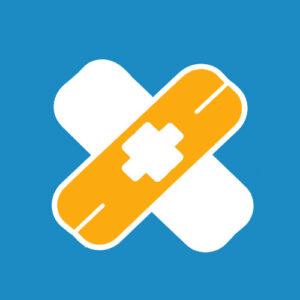
STOP BLEEDING
Press firmly over the wound with a cloth; don’t remove if soaked, just add more.
ELEVATE AND CLEAN
Raise the injury higher than the heart, clean with water, avoid harsh chemicals, and cover with a sterile dressing.
PRESSURE AND SHOCK
Use a pressure bandage for ongoing bleeding, monitor for shock by keeping the person warm and elevated.
PROFESSIONAL HELP
Seek immediate medical attention for severe cases. Quick, correct first aid can significantly aid recovery.

If you suspect a stroke, act quickly and remember FAST to assess and respond:
FACE
Ask the person to smile. Check if one side of the face droops.
ARMS
Ask the person to raise both arms. See if one arm drifts downward.
SPEECH
Ask the person to repeat a simple sentence. Listen for slurred or strange speech.
TIME
If you observe any of these signs, time is absolutely critical. Call emergency services immediately, even if the symptoms seem to fluctuate or even disappear.
During emergencies, keep the person comfortable and calm. Avoid giving any food or drink so as to prevent choking. Monitor breathing and be prepared to administer CPR if trained to do so. Quick response is key in stroke cases to reduce any negative long-term effects.
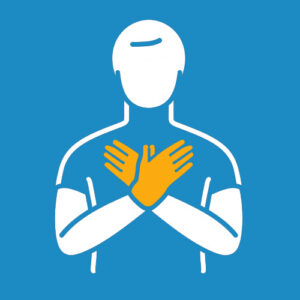
SIGNS OF CHOKING
The person is clutching at their throat, unable to breathe or talk, or skin, lips, and nails are turning blue.
THE HEIMLICH MANEUVER
Position Yourself: Stand behind the person choking, slightly to one side. Ensure they are upright and positioned securely.
Wrap Your Arms
Put your arms securely around their waist, under their arms, and gently bend them forward.
Make a Fist
Form a fist with one hand just above their navel. Grasp the Fist: Hold your fist with the other hand firmly but gently.
Perform Abdominal Thrusts
Thrust sharply upwards into their abdomen to dislodge the obstruction. Repeat as Necessary: Continue thrusts until the object is expelled or they breathe/cough forcefully.
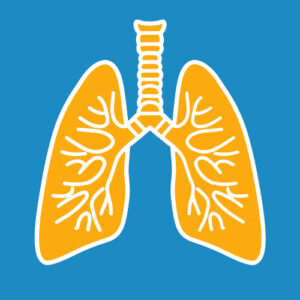
CPR, or cardiopulmonary resuscitation can help save a life during cardiac arrest, when the heart stops beating or beats too ineffectively to circulate blood to the brain and other vital organs. However, even after training, remembering the CPR steps and administering them correctly can be a challenge.
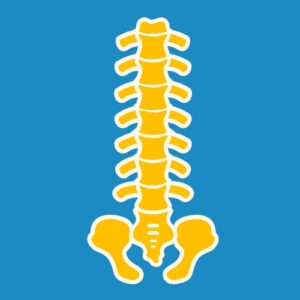
Assume one has a spinal injury if any of the following are true:
• There’s evidence of a head injury with an ongoing change in the person’s level of consciousness.
• The person complains of severe pain in his or her neck or back.
• An injury has exerted substantial force on the back or head.
• The person complains of weakness, numbness, or paralysis or lacks control of his or her limbs, bladder or bowels.
• The neck or body is twisted or positioned oddly or awkwardly.
Get help by calling 911 or emergency services.
Keep the person still using heavy towels on both sides of the neck.
Avoid moving the head or neck. Provide first aid without moving the head or neck. If no signs of circulation, start CPR without tilting the head back.
If the person is wearing a helmet or hardhat, keep it on.
Don’t roll the person alone. If you must roll the person because they are vomiting, choking on blood, or you need to check their breathing, get someone to help. One person at the head and another at the side should roll the person onto their side, keeping their head, neck, and back aligned.
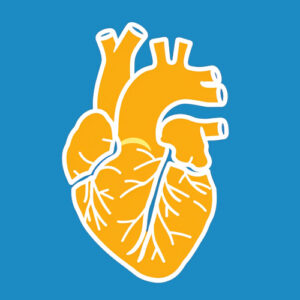
Call 911 immediately for help. If you can’t get an ambulance, have someone drive you quickly to the nearest hospital.
Take aspirin if medically advised. It will help prevent blood clotting and may significantly reduce serious heart damage.
Use nitroglycerin if prescribed while waiting for medical help.
Begin CPR if no pulse or breathing. If untrained, do hands-only CPR. Use an AED if available and the person is unconscious. It provides step-by-step voice instructions and delivers shocks when needed.